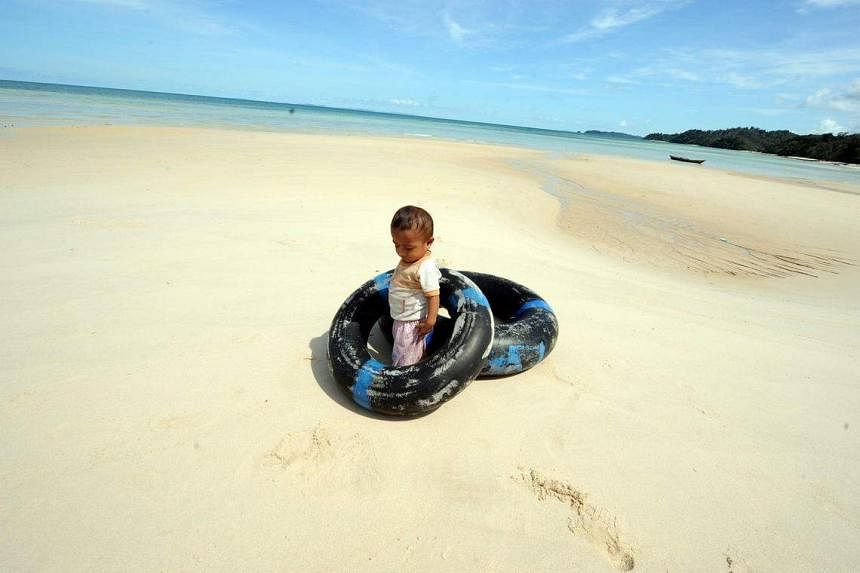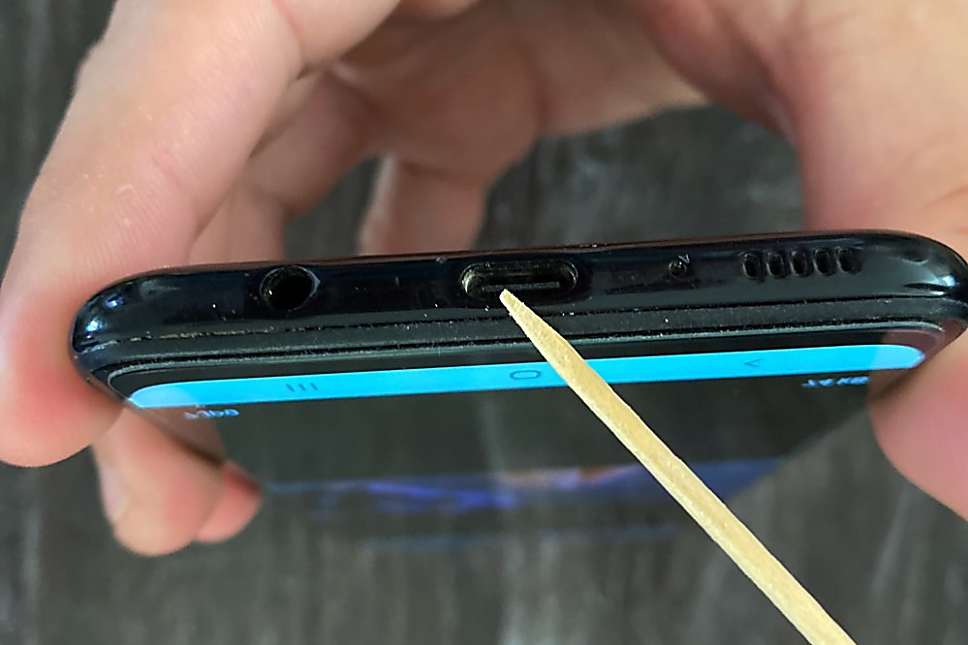Rain or shine, here’s the secret to keeping your kid healthy and alert in class: Water

SINGAPORE – Wet weather and cloudy skies provided Singapore some relief recently, but this does not mean your children should put away their water bottles.
Rain or shine, it is important to stay hydrated and it is not just to keep one from feeling thirsty, says dietitian Chong Yan Fong from the Nutrition and Dietetics Department at KK Women’s and Children’s Hospital (KKH).
A fun fact to share with your kids is that 70 per cent of the human body is made up of water.
When they do not drink enough fluids, they can struggle to concentrate and stay alert in class, which affects their learning. They are also likely to feel more tired and irritable, she adds.
In some cases of mild dehydration, they may feel more thirsty, have dry mouth or skin and suffer from headaches and constipation.
Ms Chong points out that water – the main property of blood – is essential to help carry nutrients and oxygen to cells in the body, support the immune system, digest food and flush out waste materials.
The body loses water throughout the day and it should be replaced constantly, even on breezy days or when a person is not exercising.

By signing up, I accept SPH Media's Terms & Conditions and Privacy Policy as amended from time to time.
During rainy weather, most people tend to feel less thirsty as it seems that the body does not need water to cool itself down.
“But your body is still losing moisture. Not drinking water or drinking less because you do not feel thirsty increases the risk of dehydration,” she says.
If fluids are not replenished in time, dehydration can progress from mild to severe, leading to rapid breathing, increased heart rate, dizziness, seizures and loss of consciousness.
Parents and caregivers should be mindful to get the younger ones, who cannot verbalise if they are thirsty, to drink regularly, especially if they are sick or out in the heat playing.
Children are more prone to dehydration, as their bodies are not as efficient at cooling down as those of adults. Encourage them to take water breaks every 20 to 30 minutes when they are active outdoors.
How much water should kids drink?
The amount of fluids that children need daily depends on various factors such as age, weight and physical activity levels.
They may also need to drink more when they are ill, for example, when there is severe vomiting or diarrhoea, and when they take certain prescribed medications such as diuretics.
Generally, the colour of kids’ urine can help determine if they are drinking enough.
“If they are urinating several times a day and the urine is pale and odourless, it is a good indication that they are well hydrated,” Ms Chong says. “Medium-dark yellow urine which smells suggests they need to drink more water.”
While needs vary between individuals, here is a recommendation of how much fluids a healthy child should take daily. One cup is 250ml.
- One to two years old: four to six cups
- Three to six years old: five to seven cups
- Seven to 12 years old: seven to nine cups
- 13 to 18 years old: nine to 12 cups
- Adults: eight to 10 cups
Sugar-sweetened beverages, including bubble tea and sports drinks, are best avoided. They are not as effective at hydrating your body, do not provide nutrition and can contribute to excess weight gain and tooth decay.
“Encourage your children to choose water instead of sugary drinks. It is extremely important to adopt healthy eating habits from young,” Ms Chong says.
But what if your kids do not like the taste of water? Here are five simple and healthy ways to encourage and increase their fluid intake.
1. Infused water

Add natural flavours to water by adding fruit, vegetables or herbs that your children like.
Try different combinations of ingredients to give water a boost of vitamins, minerals and antioxidants.
For example, try adding sliced strawberries and basil leaves; cucumber, mint and lime; grapefruit, orange and rosemary; or passion fruit and pineapple. Serve the beverage chilled.
2. Frozen fruity cubes
Freeze diced fresh fruit or 100 per cent fruit juice with no added sugar, and add the cubes to a cup of water.
The cubes give the water a hint of fruity flavour and provide small amounts of vitamin C. The variety of colours will also entice children to drink up.
3. Yogurt fruit popsicles
Add diced fresh fruit into small containers or popsicle moulds, fill with plain low- or non-fat yogurt and transfer to the freezer until set.
An alternative method is to puree your choice of fruit – for example, berries, banana or mangoes – with yogurt and divide them evenly into the moulds before freezing.
Get creative with your children and involve them in the preparation.
These popsicles will not only cool them down, but also offer a good mix of protein, vitamins, minerals and probiotics.
4. Fresh fruit
Offer fruit such as watermelon, oranges, peaches, papaya, pineapples and strawberries, which have high water content.
Whole fruit has fibre, vitamins and minerals. It is preferable to fruit juices which contain concentrated sugars and less fibre. Fruit juices can also be acidic, which can increase the risk of tooth decay.
If your children crave juices, look for those labelled with no added sugars or are freshly squeezed. Consider diluting them with water to reduce the acidity and sugar content.
5. Milk
Calcium is the key building block for strong, healthy bones and teeth, and is especially important during childhood and teenage years.
Low-fat milk as well as unsweetened, calcium-fortified dairy alternatives such as soya, oat and almond milks are good calcium sources.
Drinking milk is a good way to ensure adequate calcium and fluid intake.
Enjoy it chilled to beat the heat. Depending on your child’s age and needs, include two to three cups of milk a day as part of a balanced diet.
However, milk-based beverages containing added sugars, such as malted drinks, milkshakes, smoothies and iced chocolate, should be limited.
Sun protection a must, regardless of weather

Sunscreen is not just for sunny days. You and your child should apply it even when the weather is cool as the sun’s harmful ultraviolet (UV) rays can still cause damage.
“Being geographically located one degree from the Equator, Singapore receives a large amount of sunlight throughout the year,” says Associate Professor Mark Koh, head and senior consultant from KKH’s Department of Dermatology.
UV radiation is a part of the sunlight spectrum and is made up of three parts – UVA, UVB and UVC.
UVA and UVB can reach Earth in significant amounts, as opposed to UVC, which is mostly absorbed by the ozone layer.
Prolonged exposure to UV rays can lead to sunburn and cause premature skin ageing.
In the long run, frequent sunburns are known to increase the risk of developing melanoma, a cancerous type of mole, as well as other forms of skin cancer.
Apart from its effects on the skin, excessive long-term sun exposure can lead to eye problems, such as cataracts, and suppression of the immune system, which reduces the body’s ability to fight infections.
Prof Koh says sun protection should ideally start at birth.
Infants below six months old should not be exposed to direct sunlight, as sunscreens are generally not indicated to be used on them.
Babies older than six months need sun protection measures when they go outdoors. Choose a sunscreen with SPF level of at least 30 and with broad spectrum protection that covers UVA and UVB rays. Reapply it every 30 to 60 minutes.
If your child’s skin turns red and itchy after using sunscreen, it is best to consult a doctor.
During extreme hot weather, children with eczema should avoid going outdoors as excessive sweating can irritate their skin condition.
Prof Koh says they can take short cool baths twice daily, but avoid using harsh soaps and bubble baths. Follow up with applying moisturiser.
To further relieve the itch, consider using a moisturiser that contains low concentrations of menthol or place the moisturiser in the fridge.
Join ST's WhatsApp Channel and get the latest news and must-reads.











No comments:
Post a Comment